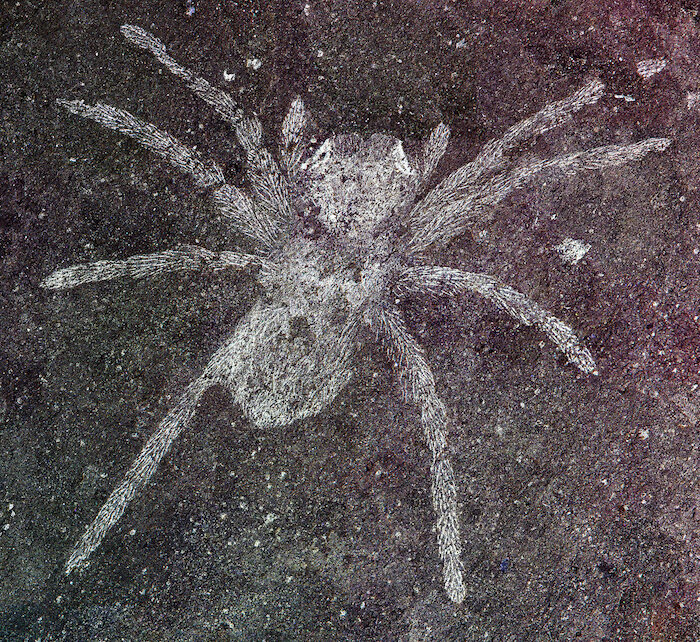
Spiders are there all around us. However, they are not proper insects as we think them to be. They belong to the animal kingdom of Arachnida, while insects belong to Arthropoda. Spiders have 8 legs, and their fangs can inject venomous fluids. These creatures are found in every continent but Antarctica. They establish colonies on land. There are roughly 120 families of spiders containing around 48,200 species. Unlike spiders, insects do not have receivers and one more pair of legs.
Spiders are mostly harmless. They are neither toxic nor cause lethal bites to humans. However, tarantulas, widow spiders, or recluse spiders may be very harmful. They release enough venomous toxins to kill a human. Spiders are generally carnivores. They feed on smaller spiders as well as insects.

Spiders Biology
Spiders belong to the phylum Arachnida in the Kingdom Animalia. Arachnida is a class of invertebrates that includes spiders, mites, scorpions, and the similar. All of them have 8 legs. In some of them, the two legs at the front have certain sensory roles to play.
Spiders have some 45,000 disparate species all around the world. This makes Araneae, the order of spiders, the largest in the phylum. They are not suitable for sustaining in very cold conditions. So, presently they do not exist in Antarctica. They exist extensively in the woods, in human homes and public places, and in deserts. So, they encompass nearly the entire animal and plant realm of the world.

There are fossil remains that show spiders existed from 380 million years ago. This makes them a really old species to exist on Earth. According to scientists, they come from Trigonotarbids. Trigonotarbids are an extinct species that considerably had many characteristics of spiders.
Spiders are generally carnivorous creatures. They are predators which consume smaller insects as their prey. There is only one kind of herbivorous spider. It is called Bagheera kiplingi. This species feeds on leaves for both nutritional needs as well as for nectar. However, they are not stringent herbivorous creatures. Scientists have found that they often show behaviors like cannibals. They even take away the larvae of the ants.
What are The Smallest and The Biggest Spiders?
Spiders are very region-specific. They appear in different sizes and colors. However, such attributes depend on the region they belong to. They mostly occur in very similar colors. This helps in camouflaging themselves in their natural surroundings. The world’s smallest spider is Patu digua. It can have a dimension as little as 0.37 mm or 0.015 inches. The biggest existing spiders are tarantulas. They can stretch up to 90 mm or 3.5 inches. Their legs may run till 250 mm or 9.8 inches.
Things You Don’t Know About Spiders
Can you imagine spiders spinning silk? They are extremely good at producing silk. Spiders use this capability to build homes as well as traps to catch prey. These creatures have certain glands called spinnerets. These manufacture a silky material. Hence, their ability to procreate silk comes from here. The number of spinnerets may vary with the species of the spiders. It depends chiefly on how the spiders use it. Some may have more, and some may have less. They are very strong, and the spiders heavily depend on them. This is because they efficiently create a trap and captivate a prey that has no clue about the web. They also retain the prey in the web till the spider wants to feast on it.

How Many Legs Do Spiders Have?
As we have already discussed, all members of the phylum Arachnida have eight legs. Therefore, spiders too have eight legs in total, that is, four pairs of limbs. Each leg furthermore consists of seven separate parts. In order to extend or move them, spiders make use of a hydraulic pressure system. Spiders have only a set of extensor muscles in their legs. These are attached to their hip joints. So, if the spider has a punctured cephalothorax, it is very unfortunate. This ensures the spider can not move their legs which subsequently curl themselves up.
Read Also: How to find the molar mass of a molecule of oxygen (O2)?
Spiders have immense potential and flexibility. They can achieve pressure levels that are as high as 8 times their normal resting level. They can also jump to a maximum height which is 50 times the length of their bodies. This they do by elevating the blood pressure levels in both their third as well as fourth pair of limbs. Spiders do not have antennae. So, mostly they use the two frontal pairs of limbs for sensory perception. The limbs are also highly evolutionary structures. They have reached a shape by struggling over millions and millions of years. Therefore, they help the spiders survive in the face of some potential threats.
Their legs make them agile. They can traverse rugged and undulated surfaces which turn at steep angles. Since they are fit for such difficult movement, spiders have great access to food and safety from predators. This also helps them in procuring mates to reproduce. Scientists have already shown us that spiders are much more mobile than other insects because of the two extra limbs. However, more recent research studies show that this excess number of legs can be a difficulty. They might hinder a spider’s fast movement in times of urgency.
How Does Having Eight Legs Help Spiders?
According to researchers, spiders having six or seven legs face no difficulty in moving at all. They can move as efficiently as spiders which have eight legs. However, the quality of their webs is inferior. Along with walking, spiders also make use of their limbs to kill their prey and thrush them on their webs. In this process, it distributes the venom which it secretes from its fangs.
As per some scientists, the eight legs did not evolve to make the spiders more mobile. Instead, they help the spiders to counter attacks. Some species indeed use their 4 pairs of limbs to oppose others. To defend themselves from predators or launch attacks, they raise and grow their frontal pairs of limbs.








